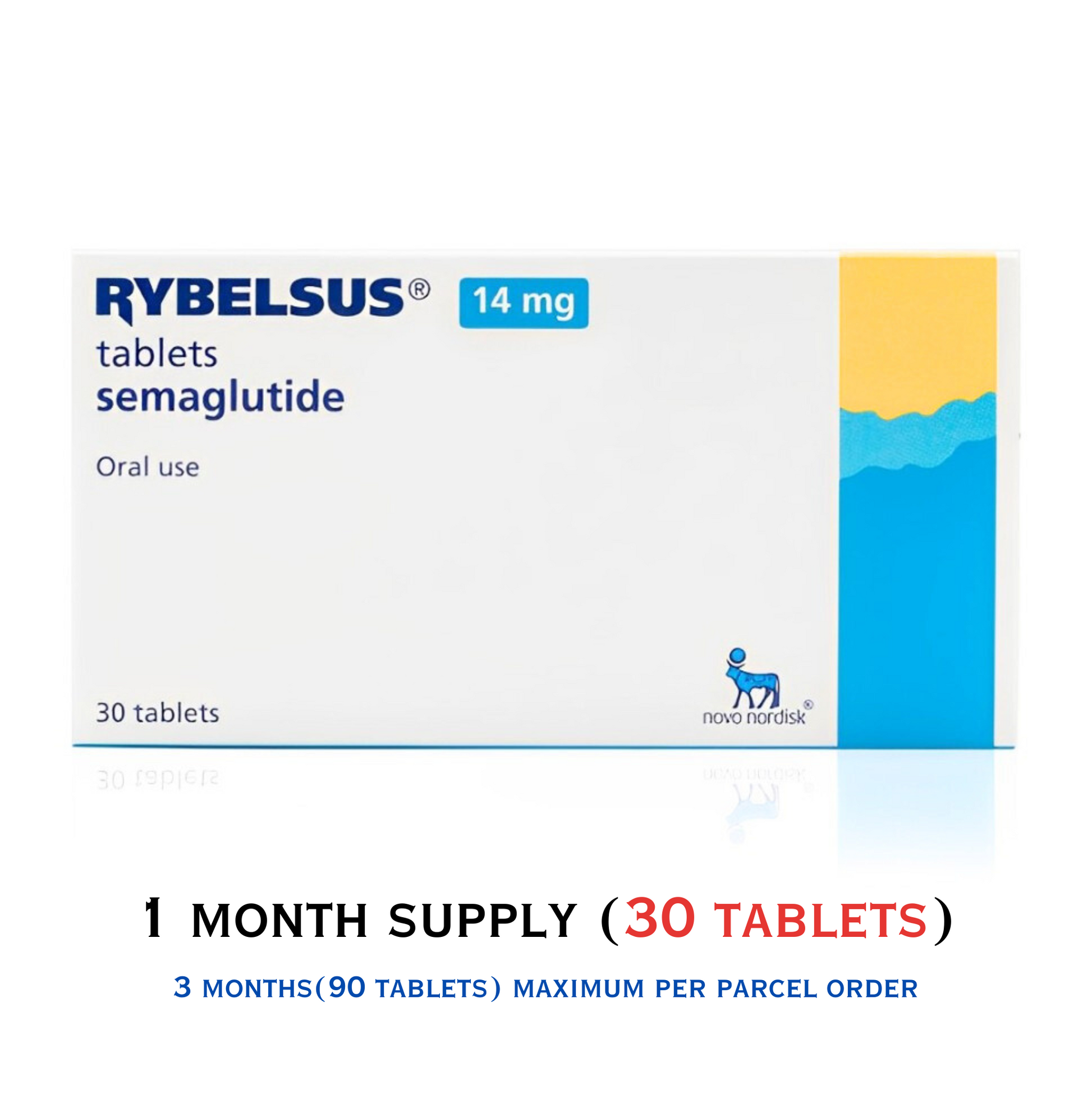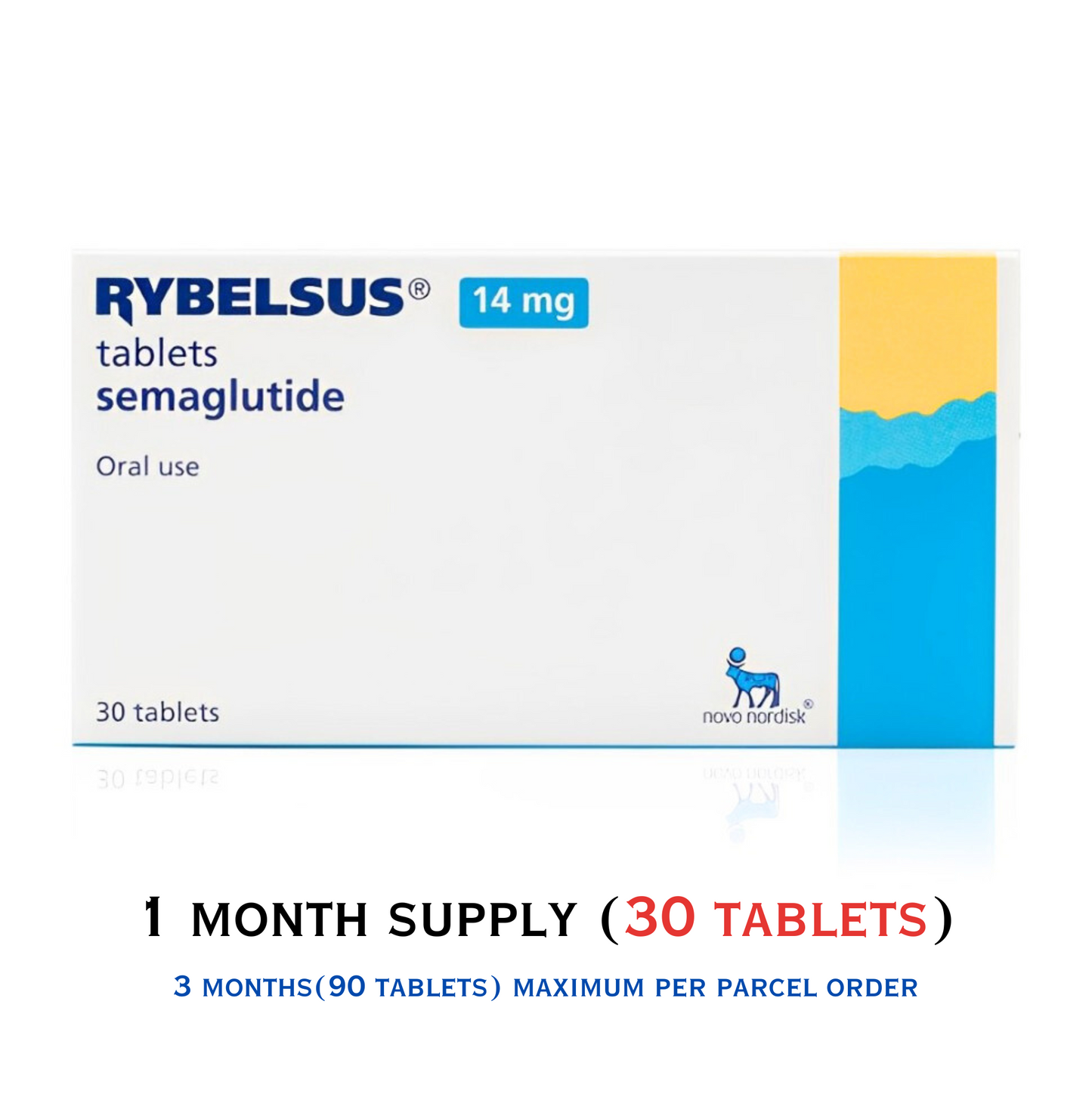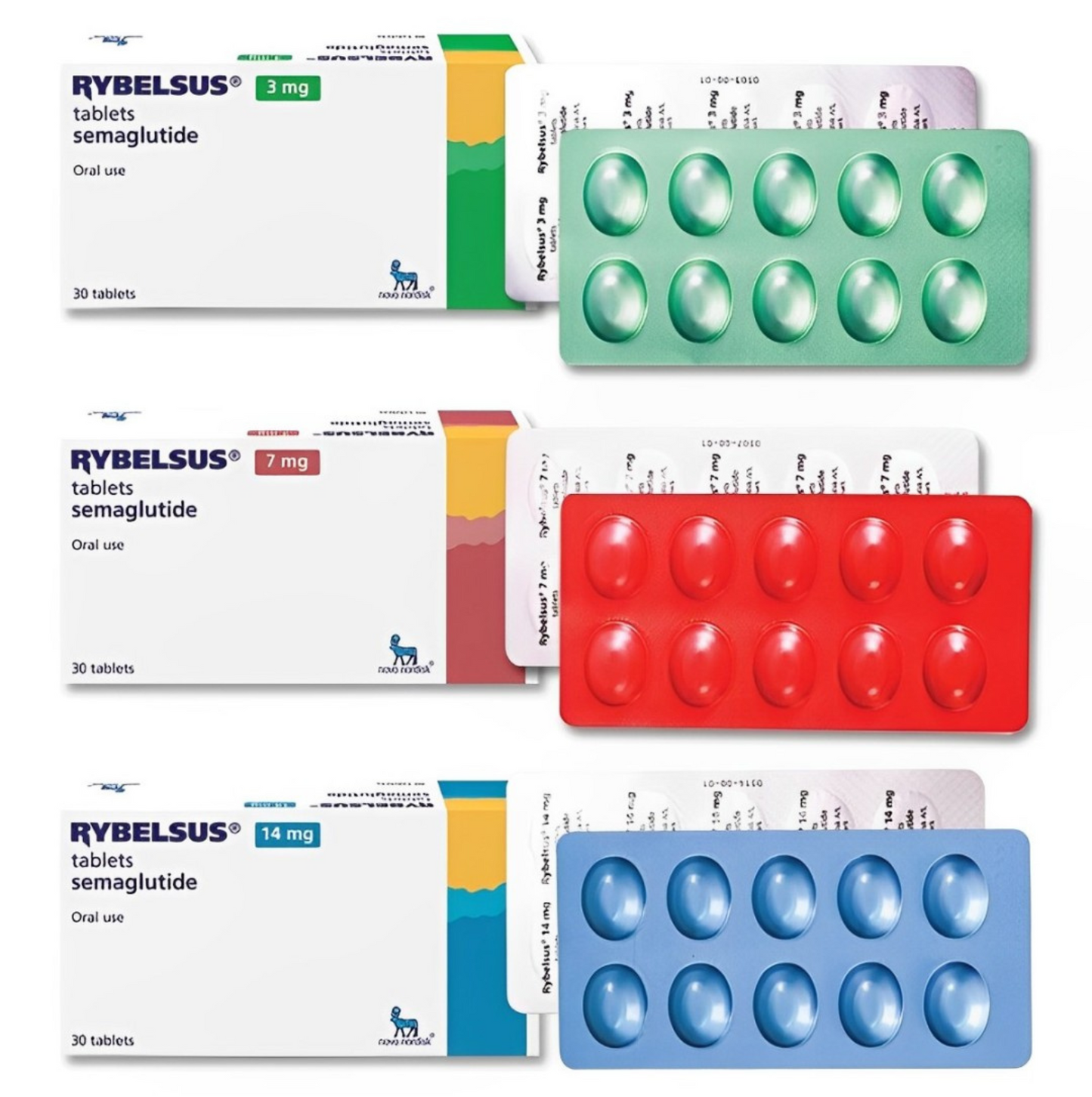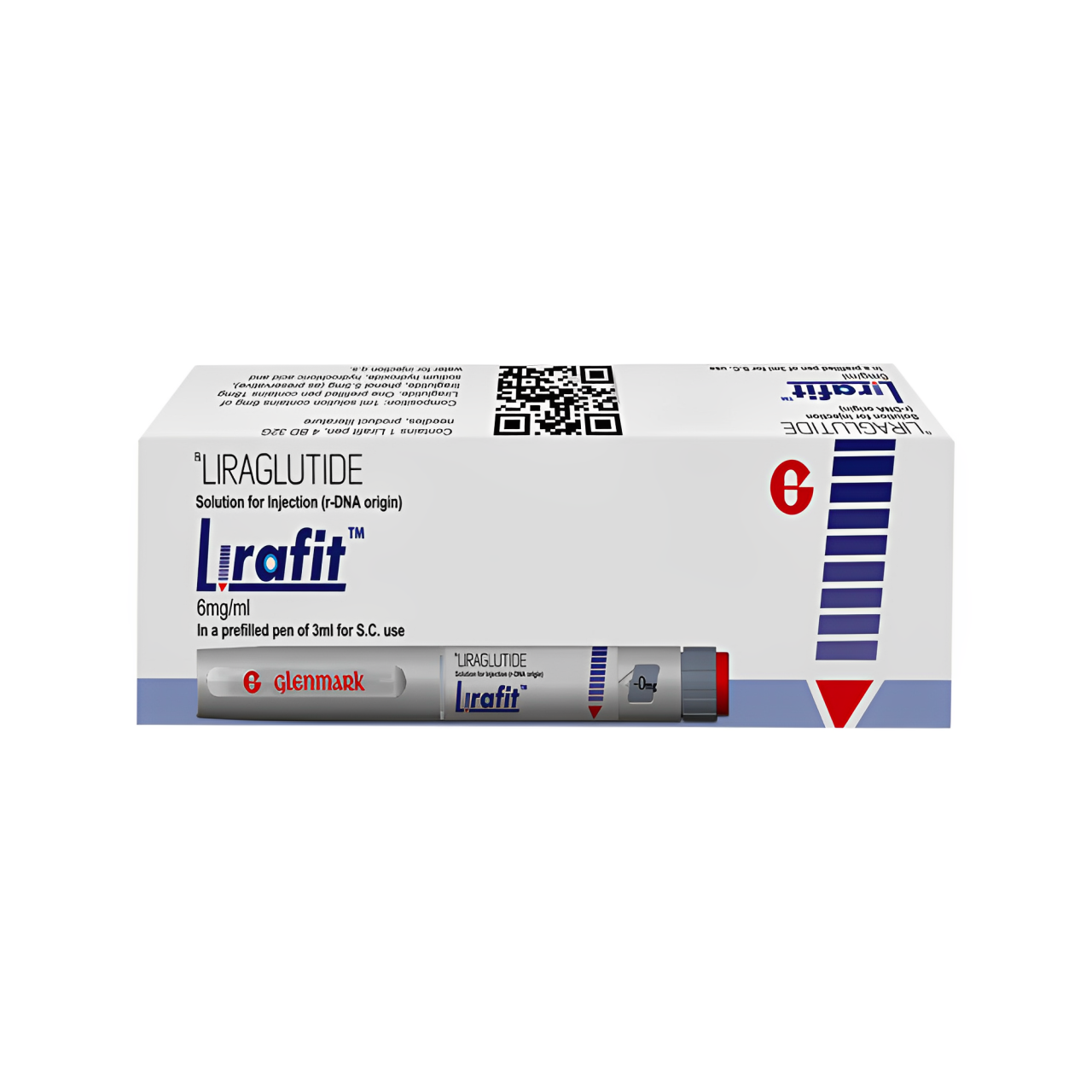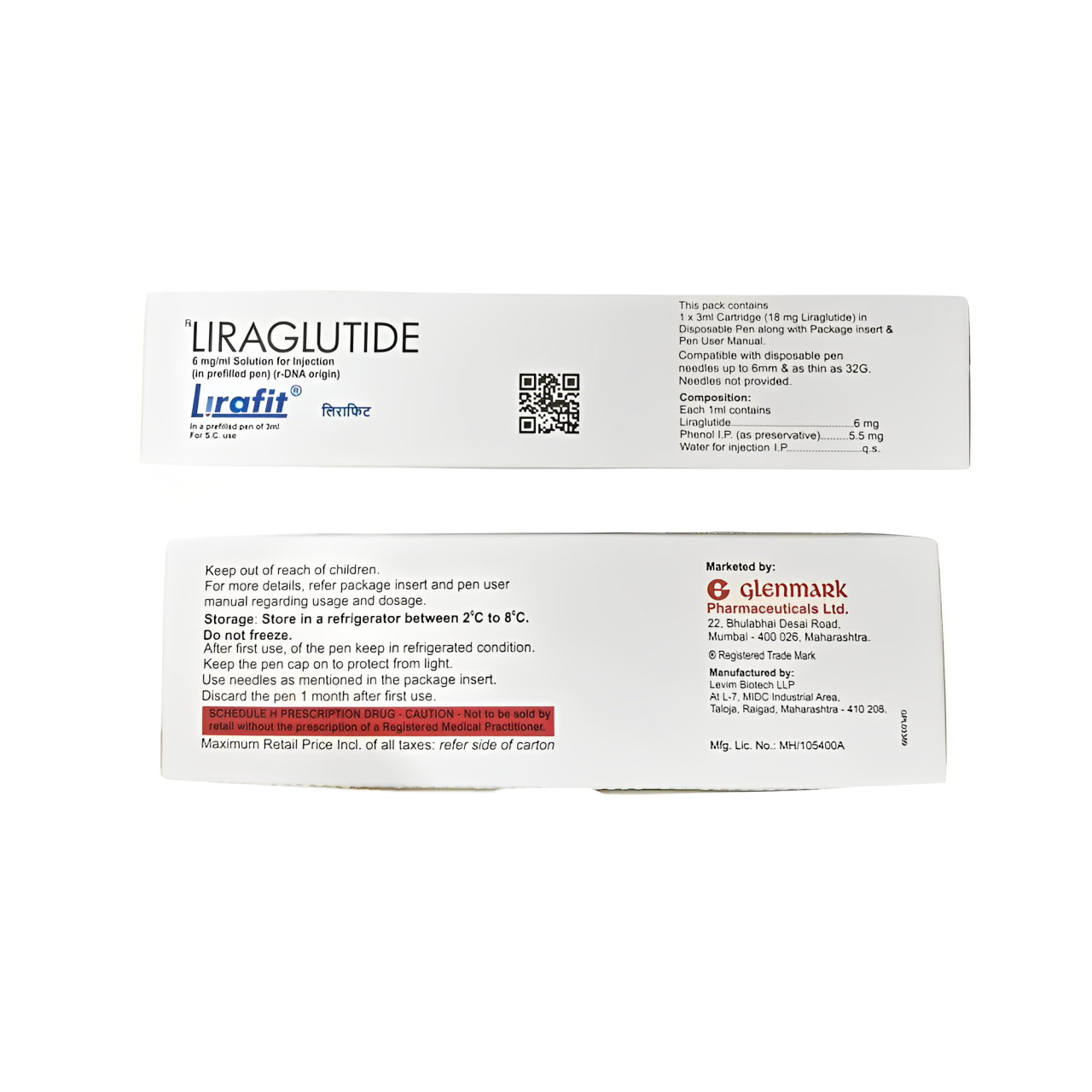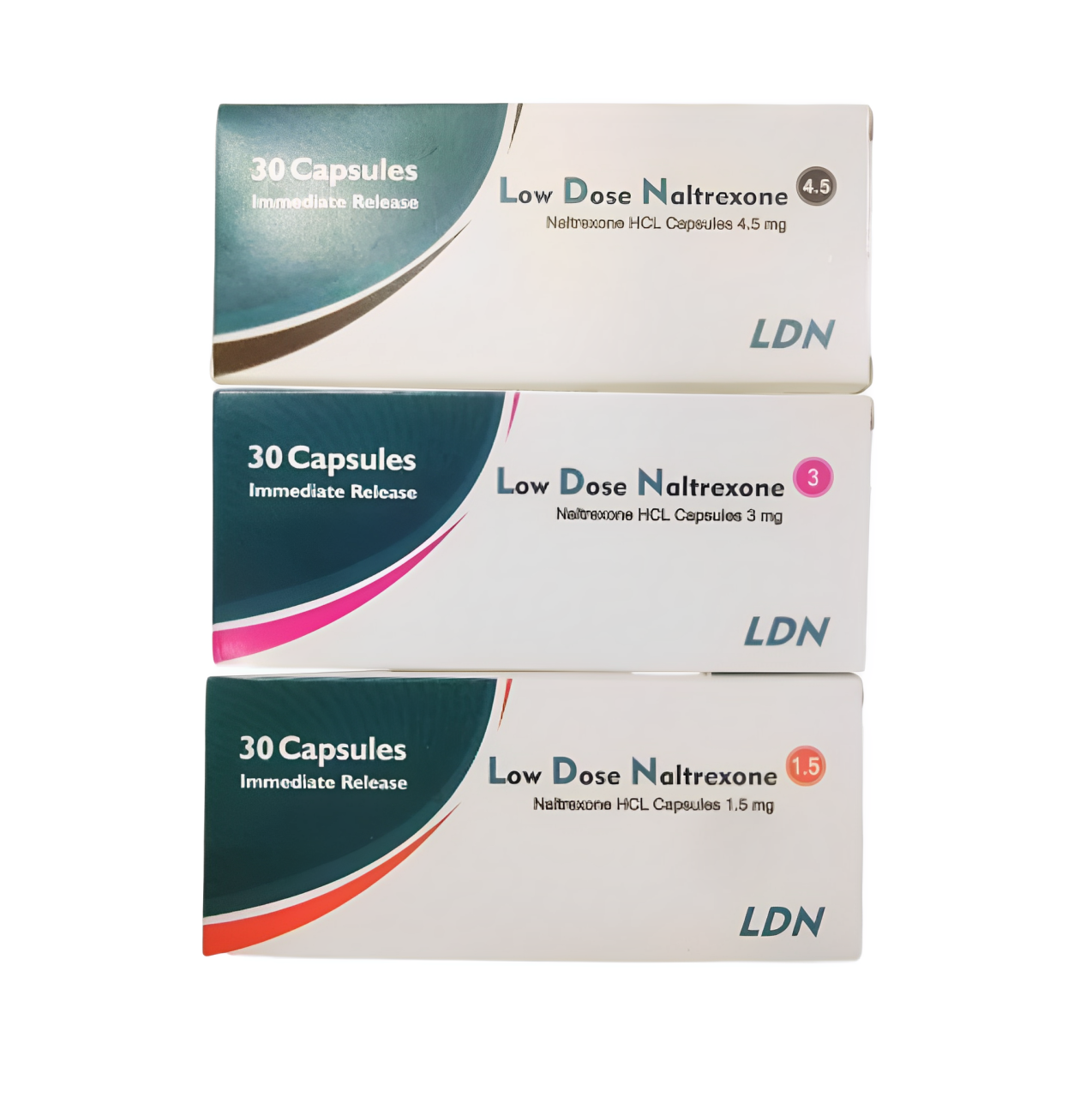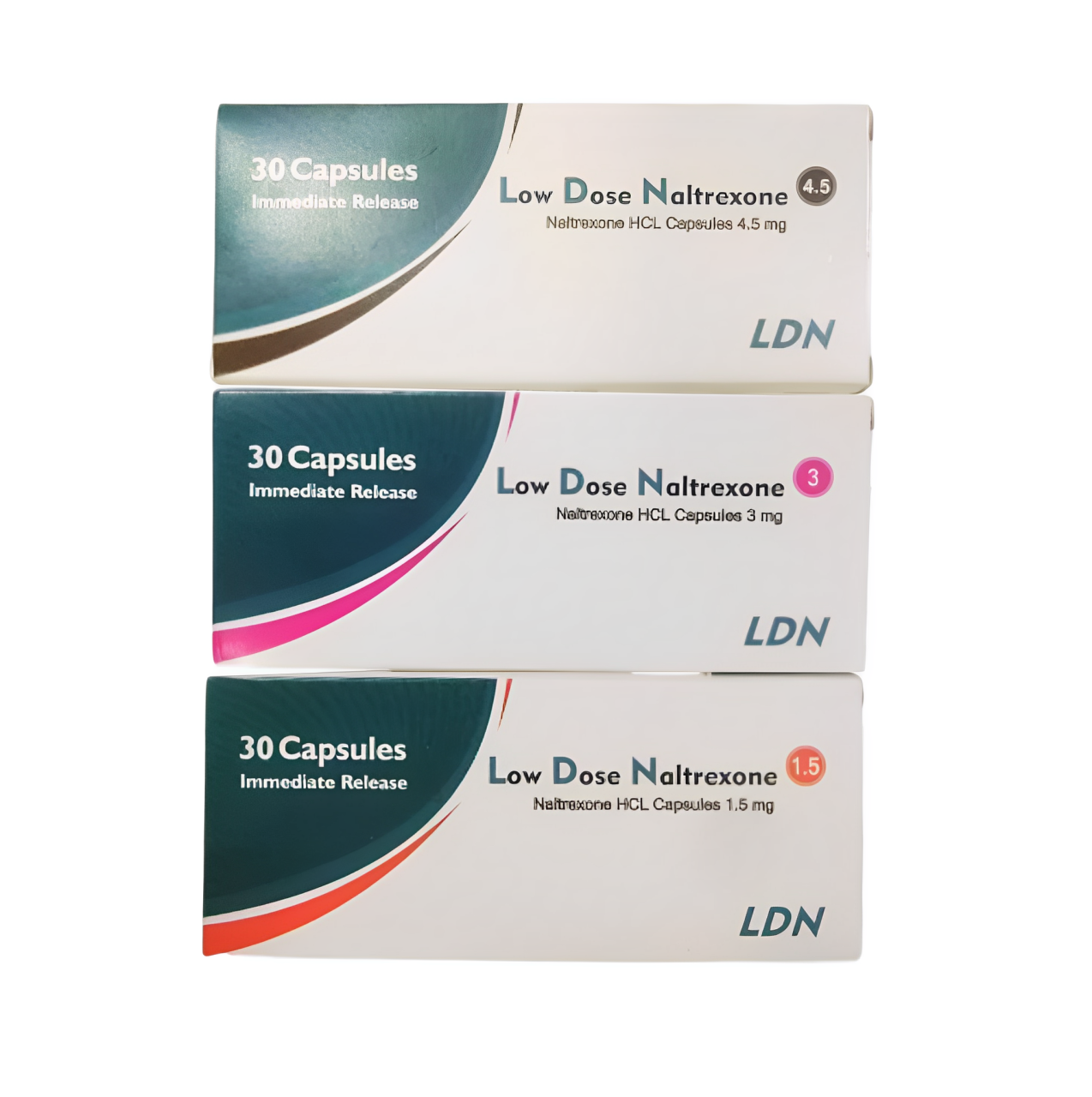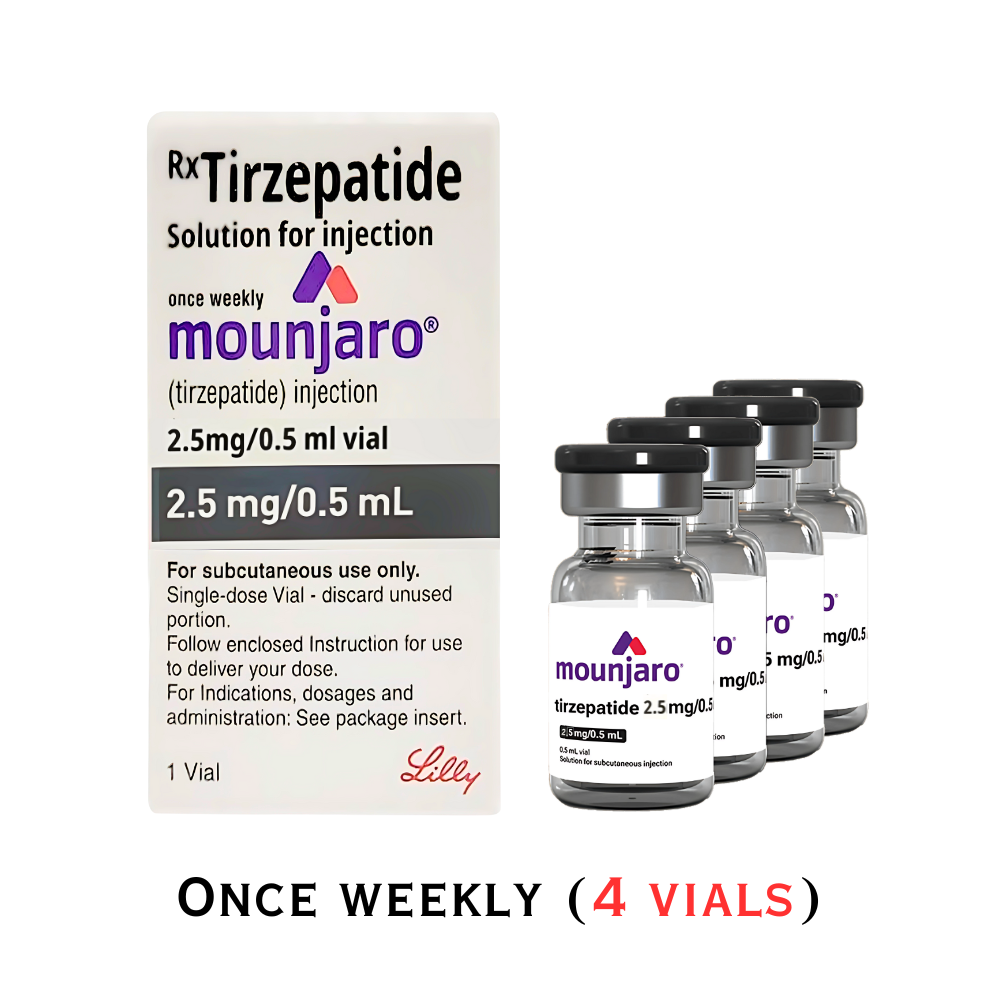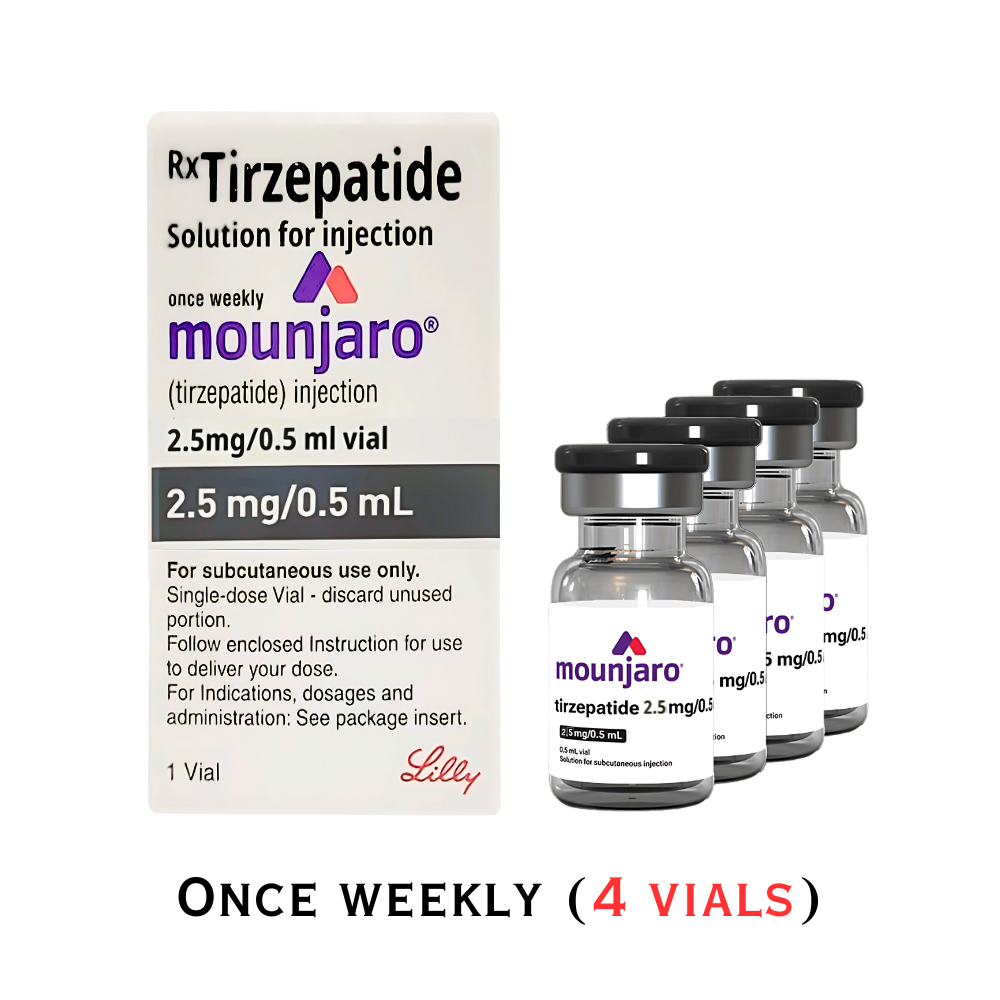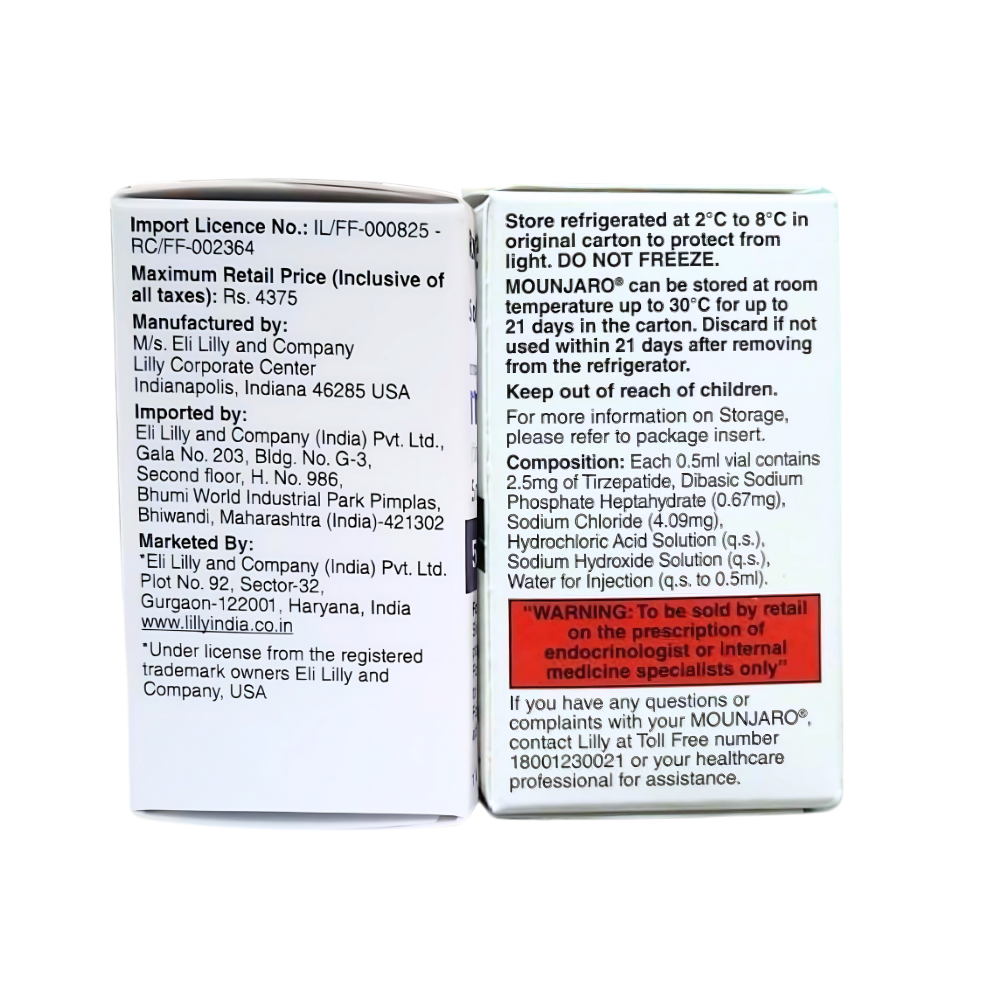Low Dose Naltrexone (LDN) has emerged as a promising treatment option for a variety of conditions, ranging from autoimmune diseases to thyroid health and alcohol addiction. Originally developed to treat opioid addiction in much higher doses (50 mg), LDN is used at much smaller doses (1.5 to 4.5 mg) to leverage its unique therapeutic effects. This article will explore the uses and benefits of LDN in treating thyroid health issues, autoimmune disorders, and alcohol addiction, with a focus on how it works, its potential benefits, and the latest scientific findings.
What is Low Dose Naltrexone (LDN)?
Naltrexone is a medication traditionally used in its higher-dose form (50 mg or more) to help individuals with opioid or alcohol dependence. It works by blocking opioid receptors in the brain, preventing the pleasurable effects of substances like alcohol or opioids. However, when taken in low doses (1.5 to 4.5 mg), the mechanism of action differs significantly. In this lower dose, naltrexone temporarily blocks the opioid receptors, which causes the body to increase the production of endorphins—natural pain-relieving and mood-enhancing chemicals.
This increase in endorphins is believed to have profound effects on the immune system, inflammation, and overall well-being, making LDN useful for conditions like autoimmune disorders, thyroid imbalances, chronic pain, and even alcohol addiction.
LDN for Thyroid Health
Thyroid health is crucial for overall well-being, as the thyroid regulates metabolism, energy, mood, and various bodily functions. Autoimmune thyroid diseases, such as Hashimoto’s thyroiditis (hypothyroidism) and Graves' disease (hyperthyroidism), occur when the immune system attacks the thyroid gland, leading to hormonal imbalances and various symptoms.
LDN may benefit thyroid health in the following ways:
-
Modulating the Immune System
Autoimmune thyroid conditions are driven by an overactive immune system that mistakenly attacks thyroid tissue. LDN has immune-modulating properties, helping to balance the immune response. By temporarily blocking opioid receptors, LDN encourages the body to produce more endorphins, which can help regulate immune function and reduce the autoimmune attack on the thyroid. -
Reducing Inflammation
In autoimmune thyroid diseases like Hashimoto’s thyroiditis, chronic inflammation is a key issue. LDN is known for its anti-inflammatory properties, which may reduce inflammation in the thyroid and surrounding tissues, potentially slowing or preventing further damage to the gland. -
Supporting Hormone Balance
Some research suggests that LDN may improve the conversion of T4 (the inactive thyroid hormone) into T3 (the active thyroid hormone), which is essential for metabolic function and energy regulation. For individuals with hypothyroidism, LDN may help improve hormone levels and alleviate symptoms like fatigue and weight gain.
Evidence Supporting LDN for Thyroid Conditions
While research is still limited, anecdotal evidence and small studies suggest that LDN can benefit people with Hashimoto's thyroiditis and other thyroid conditions. Patients report improvements in symptoms such as energy levels, brain fog, and overall mood.
LDN for Autoimmune Disorders
Autoimmune diseases occur when the immune system attacks the body’s healthy tissues. These conditions can cause chronic inflammation, pain, and various other symptoms. LDN has garnered attention for its ability to modulate the immune system and relieve autoimmune sympt
LDN is thought to provide several benefits for individuals with autoimmune disorders:
-
Immune System Modulation
LDN helps regulate the immune system by boosting endorphin levels. Endorphins play a crucial role in immune function, and an increase in these natural chemicals can help reduce the autoimmune response, potentially reducing the damage done to healthy tissues. -
Reducing Chronic Inflammation
Chronic inflammation is a hallmark of autoimmune diseases, contributing to pain, stiffness, and organ damage. LDN’s anti-inflammatory properties may help alleviate these symptoms by reducing the inflammatory response. -
Improved Symptom Management
LDN has been used to treat conditions like Multiple Sclerosis (MS), Rheumatoid Arthritis, Crohn’s Disease, Lupus, and Psoriasis, where it has shown potential in reducing flare-ups, improving energy levels, and providing relief from pain and stiffness.
Examples of Autoimmune Conditions Treated with LDN
- Multiple Sclerosis (MS): LDN is used to reduce the frequency of MS flare-ups and alleviate symptoms like fatigue and spasticity.
- Rheumatoid Arthritis: Some individuals with rheumatoid arthritis find relief from pain and joint inflammation with LDN.
- Crohn’s Disease and Ulcerative Colitis: LDN may help reduce inflammation and promote remission in people with inflammatory bowel diseases (IBD).
- Lupus: In patients with lupus, LDN may help decrease inflammation and manage symptoms associated with immune dysfunction.
LDN for Alcohol Addiction
One of the most studied uses of naltrexone (at higher doses) is in the treatment of alcohol addiction. In its standard form (50 mg), naltrexone reduces alcohol cravings and relapse by blocking opioid receptors, preventing the pleasurable effects of drinking.
Although LDN is not commonly used for alcohol addiction, its potential role is intriguing:
-
Reduced Cravings
Like standard naltrexone, LDN works by blocking the opioid receptors, but it does so in a less intense manner. This can reduce alcohol cravings and the desire to drink by mitigating the rewarding feelings that alcohol consumption can cause. -
Mood and Emotional Regulation
One of the primary ways LDN might help individuals struggling with alcohol addiction is by improving mood. By boosting endorphin production, LDN can reduce stress, anxiety, and depression, common triggers for drinking. Many individuals use alcohol to cope with emotional pain, and LDN’s mood-enhancing effects may help reduce this reliance. -
Supporting Long-Term Recovery
LDN may play a role in long-term recovery by providing an additional tool to manage cravings and emotional challenges that arise during recovery. It may help people stay sober by reducing relapse triggers like anxiety, depression, and social stress.
Scientific Evidence on LDN and Alcohol Addiction
There is limited but promising research indicating that LDN can support alcohol addiction treatment. A 2018 review of studies on naltrexone (including LDN) for alcohol use disorder found that naltrexone significantly reduced alcohol consumption and the frequency of relapse. While this research primarily focused on the standard dose, there is growing interest in the potential benefits of lower doses like LDN.
The Sinclair Method
The Sinclair Method has been backed by substantial scientific research, particularly in Europe and the U.S., and is one of the most studied methods for reducing alcohol consumption. Here’s a breakdown of the evidence:
1. Clinical Studies and Trials
- The Finnish Study (2001): The method was first tested in a clinical trial in Finland in the early 2000s, led by Dr. John Sinclair. The study found that after 12 months of taking naltrexone before drinking, participants experienced a significant reduction in alcohol consumption, with some individuals achieving complete abstinence.
- Long-Term Results: Follow-up studies have shown that the Sinclair Method is effective over the long term. A study published in Alcoholism: Clinical & Experimental Research (2010) found that naltrexone significantly reduced the number of drinking days per week, as well as the quantity of alcohol consumed during those days.
- Extinction Learning: Research suggests that extinction learning plays a central role in the success of the Sinclair Method. This theory proposes that repeated exposure to alcohol while under the influence of naltrexone helps weaken the brain’s reward system and reduces the compulsive desire to drink.
2. Real-World Success
- Several real-world studies and patient reports have confirmed the success of the Sinclair Method. Anecdotal evidence from individuals using naltrexone has suggested a marked decrease in alcohol cravings, and many individuals have reported drinking less or abstaining entirely after undergoing the Sinclair Method.
- Success rates vary depending on the individual, but studies have shown that around 70-80% of individuals who follow the method achieve reduced drinking and many become moderate drinkers or stop drinking altogether.
3. Comparisons to Traditional Alcohol Treatment
- Traditional treatments for alcohol addiction often rely on abstinence-based approaches, such as Alcoholics Anonymous (AA) or inpatient rehab. While these treatments have shown some success, they require the individual to abstain from alcohol completely, which may not be achievable for everyone.
- In contrast, the Sinclair Method focuses on reducing alcohol intake gradually by targeting the brain's reward system without requiring total abstinence. This approach has been shown to be more flexible, and many people find it less stigmatizing and easier to follow than other treatments.
4. Neurobiological Evidence
- From a neurobiological perspective, the Sinclair Method is grounded in understanding how the brain's reward system operates. Naltrexone blocks the opioid receptors in the brain, preventing the pleasurable sensations that are typically associated with alcohol consumption. Over time, this weakens the "reward" of drinking, leading to reduced cravings.
- Endorphin Regulation: Alcohol triggers the release of endorphins and dopamine, which give the sensation of pleasure or euphoria. By blocking these receptors with naltrexone, the body’s reward system no longer responds in the same way to alcohol, thereby reducing the desire to drink excessively.
LDN for Skin Inflammation
Low Dose Naltrexone (LDN) has been explored for its potential benefits in managing skin inflammation, especially in autoimmune and inflammatory skin conditions. While research is still evolving, LDN's immune-modulating properties offer potential advantages for reducing inflammation in the skin. Here's how it might help:
Mechanism of Action
LDN works by temporarily blocking opioid receptors, which leads to a brief increase in endorphin production. This boost in endorphins can help modulate the immune system and reduce inflammation, which is central to many skin disorders. The way LDN affects immune function may help control chronic inflammation without the harsh side effects of stronger immune-modulating drugs.
- Psoriasis: Psoriasis is an autoimmune condition characterized by excessive skin cell turnover and inflammation. LDN may help by regulating immune responses, potentially reducing the severity and frequency of flare-ups.
- Eczema (Atopic Dermatitis): Inflammatory skin conditions like eczema, which involve redness, swelling, and itching, may benefit from LDN's ability to reduce the inflammatory response and balance the immune system.
- Rosacea: Rosacea, which causes redness and visible blood vessels in the skin, may also respond to LDN treatment due to its anti-inflammatory effects.
- Lupus (Cutaneous lupus): Lupus can cause inflammation of the skin in the form of rashes and lesions. LDN has shown potential in helping to reduce these inflammatory responses in systemic autoimmune diseases, which may extend to skin inflammation.
- Chronic Skin Itching (Pruritus): LDN may help alleviate chronic itching, which is often linked to various inflammatory skin disorders. By modulating the immune system and reducing inflammation, LDN might reduce the irritation that leads to itching.
How Effective Is LDN for Skin Inflammation?
- Promising, but Limited Evidence: While there are some positive anecdotal reports and small studies suggesting that LDN can help reduce inflammation and improve symptoms in skin disorders, large-scale clinical trials are still limited. Therefore, while the potential is there, more research is needed to fully understand how effective it is for managing skin inflammation.
-
Off-Label Use: LDN is still considered an off-label treatment for skin conditions, meaning it is not FDA-approved specifically for skin inflammation. However, it's gaining interest due to its relatively low side-effect profile compared to other anti-inflammatory treatments.

LDN for Digestive Diseases
The primary mechanism of action of LDN lies in its ability to temporarily block opioid receptors. When these receptors are blocked, the body compensates by producing higher levels of endorphins and enkephalins, natural substances that regulate pain, inflammation, and immune function. This process has several beneficial effects on digestive diseases:
- Immune System Modulation: LDN helps balance the immune system, preventing it from becoming overactive and attacking healthy gut tissue, which is a key feature of autoimmune and inflammatory digestive diseases.
- Reduction of Inflammation: By promoting endorphin production, LDN can help reduce inflammation in the gut, alleviating symptoms such as pain, bloating, and discomfort.
- Gut Healing: LDN may help restore the integrity of the intestinal lining, which is often damaged in conditions like IBD, celiac disease, and leaky gut syndrome.
-
Inflammatory Bowel Disease (IBD): Crohn’s Disease and Ulcerative Colitis
Inflammatory Bowel Disease (IBD), which includes Crohn’s disease and ulcerative colitis, is characterized by chronic inflammation of the gastrointestinal tract. The exact cause is unclear, but it is believed to involve an abnormal immune response where the body’s immune system attacks its own intestinal tissue.
LDN has shown promise in reducing the inflammation associated with IBD. By stimulating the body’s production of endorphins and enkephalins, LDN may help modulate the immune response, preventing it from attacking healthy gut tissue. This can result in fewer flare-ups and a reduction in symptoms such as abdominal pain, diarrhea, and fatigue. Several small studies and anecdotal evidence suggest that LDN can lead to improved quality of life for IBD patients, with fewer symptoms and better control over disease activity.
-
Irritable Bowel Syndrome (IBS)
Irritable Bowel Syndrome (IBS) is a common digestive disorder that affects the large intestine and is characterized by symptoms like abdominal pain, bloating, and changes in bowel movements (diarrhea, constipation, or alternating between both). While IBS is not an inflammatory condition like IBD, LDN may still provide benefits by addressing underlying issues related to immune dysfunction, gut motility, and inflammation.
Some studies suggest that LDN can help modulate the gut-brain axis, which plays a significant role in conditions like IBS. By reducing inflammation and improving immune function in the gut, LDN may help alleviate symptoms of IBS. Additionally, the reduction in gut inflammation may lead to improved motility and fewer digestive disturbances, providing relief for patients suffering from this chronic condition.
-
Celiac Disease
Celiac disease is an autoimmune disorder triggered by the consumption of gluten, leading to inflammation and damage to the small intestine. While LDN cannot allow individuals with celiac disease to eat gluten, it may help manage the inflammation and immune response caused by accidental gluten exposure.
Some research suggests that LDN can promote healing in the small intestine by reducing the inflammatory response and helping to restore the integrity of the intestinal lining. This could potentially alleviate some of the chronic symptoms associated with celiac disease, such as bloating, diarrhea, and fatigue, when accidental gluten ingestion occurs.
-
Leaky Gut Syndrome
Leaky gut syndrome refers to a condition in which the lining of the intestines becomes damaged, allowing harmful substances, including toxins and undigested food particles, to leak into the bloodstream. This can trigger inflammation and contribute to a variety of digestive and systemic symptoms.
LDN may help restore the integrity of the gut lining by modulating the immune system and reducing inflammation. By promoting the production of endorphins, LDN could potentially support the healing of the intestinal barrier, leading to improved gut health and a reduction in symptoms associated with leaky gut.
Chronic Gastritis
- Chronic gastritis is a condition characterized by inflammation of the stomach lining, which can cause pain, nausea, and digestive disturbances. It is often caused by infections, such as Helicobacter pylori, or by long-term use of nonsteroidal anti-inflammatory drugs (NSAIDs).
- LDN has shown potential in reducing the chronic inflammation that underlies gastritis. By modulating the immune system and promoting the healing of inflamed tissues, LDN may offer relief from the discomfort and pain associated with this condition. Although further research is needed, preliminary findings suggest that LDN could be a valuable adjunct in the treatment of chronic gastritis.
Although research on LDN’s use for digestive diseases is still in its early stages, there is growing evidence to support its effectiveness. Several small studies and case reports have demonstrated positive results in patients with IBD, IBS, celiac disease, and other digestive disorders. Additionally, many patients report significant improvements in their symptoms when using LDN, particularly when traditional treatments have not been effective.
Safety and Side Effects of LDN
While LDN is generally well-tolerated, some people may experience mild side effects, especially during the initial stages of treatment. These side effects typically subside after a few weeks as the body adjusts.
Common Side Effects
- Sleep disturbances: Some individuals experience vivid dreams or difficulty sleeping, particularly in the first few weeks of treatment.
- Headaches: Mild headaches can occur, but these typically diminish over time.
- Digestive upset: Mild nausea or stomach discomfort may be present.
- Mood changes: Some individuals report temporary mood swings or irritability when starting LDN.
To minimize side effects, it is generally recommended to start with a very low dose and gradually increase the dosage under the supervision of a healthcare provider.
Conclusion
Low Dose Naltrexone (LDN) is a versatile and promising treatment option for a variety of conditions, from thyroid health and autoimmune diseases to alcohol addiction. By modulating the immune system, reducing inflammation, and boosting endorphin production, LDN offers a range of therapeutic benefits that may improve the quality of life for individuals with chronic conditions.
While more research is needed to fully understand the extent of its benefits, LDN has already shown potential in managing thyroid imbalances, autoimmune disorders, skin inflammations, and supporting alcohol addiction recovery. As always, it is important to consult with a healthcare provider before starting LDN to ensure it is appropriate for your individual needs and health conditions.
If you're considering LDN as part of your treatment plan, working with a knowledgeable healthcare provider can help ensure the best possible outcomes and minimize any risks associated with its use.



